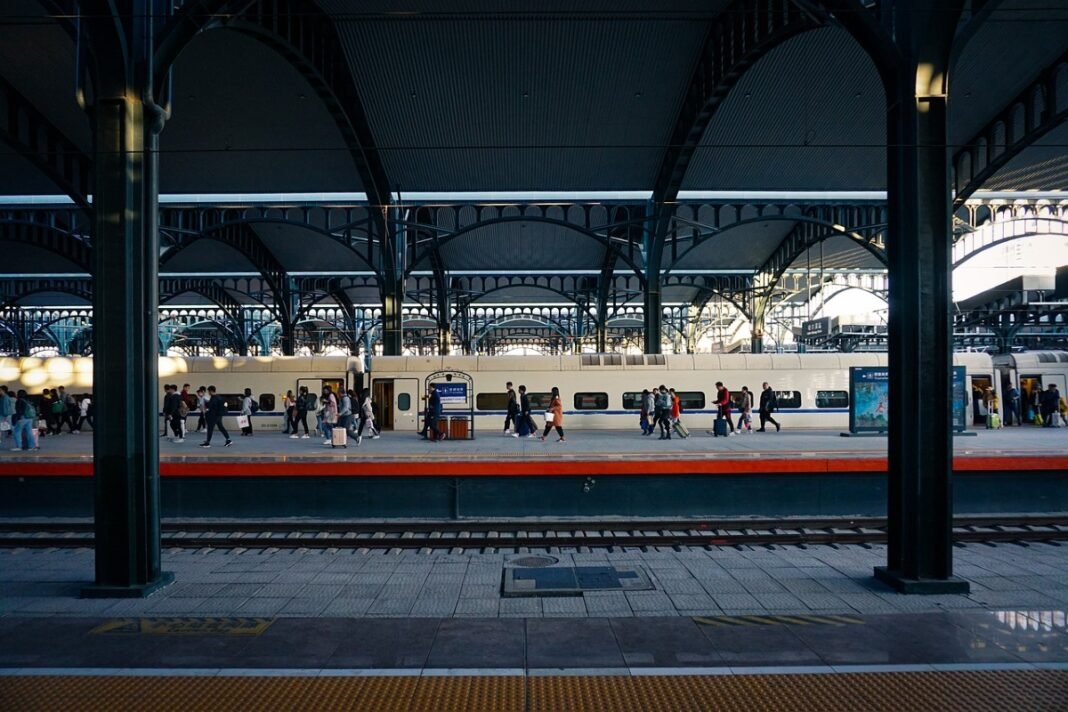The construction of New Ashok Nagar station, part of the Delhi-Ghaziabad-Meerut Regional Rapid Transit System (RRTS), is nearing its final stages. Officials from the National Capital Region Transport Corporation (NCRTC) have confirmed that track-laying is complete and final touches are being added. This will be the first RRTS facility in the Delhi section to be finished. Three foot overbridges (FOBs) connecting this RRTS station with New Ashok Nagar metro station and surrounding areas are expected to be completed by the end of the year. Trial runs on the 12km stretch between Sahibabad and Anand Vihar, including the New Ashok Nagar station, are anticipated to begin in the last quarter of the year.
The New Ashok Nagar RRTS station, approximately 22 metres high, will feature a 100-metre-long and 6-metre-wide foot overbridge linking it to the nearby metro station. Two additional FOBs are under construction: a 41-metre-long bridge connecting to Chilla village and Mayur Vihar Extension, and a 49-metre-long bridge providing access near the ancient Shiv temple.
In parallel, the Anand Vihar RRTS station construction is in advanced stages, while work at Sarai Kale Khan station is also progressing. The Jangpura station will be developed later, integrated with a stabling yard. The entire 82-kilometre corridor, including 14 kilometres in Delhi and 68 kilometres in Uttar Pradesh, is expected to be completed by next year. Currently, a 34-kilometre section from Sahibabad to Modi Nagar North is operational, with an 8-kilometre stretch from Modinagar to Meerut South set to open soon.
The RRTS project aims to revolutionise regional transit, significantly reducing travel time between Delhi and Meerut and promoting economic growth in the region. The corridor will facilitate faster, more efficient travel, alleviating congestion on roads and existing railway networks. The seamless integration of RRTS stations with metro stations through foot overbridges is expected to enhance commuter convenience, fostering greater connectivity within the National Capital Region (NCR). The emphasis on sustainable and green initiatives, such as the use of solar power along the corridor, underscores the project’s commitment to environmentally friendly infrastructure development.





